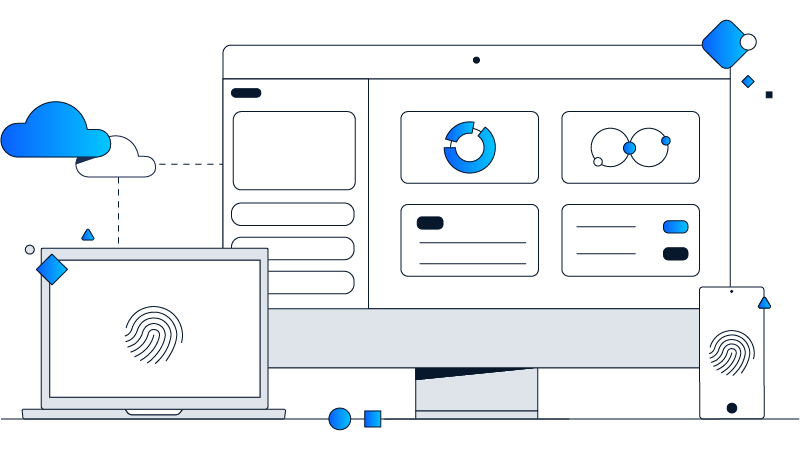How NAC works
Why is it important to have a NAC solution?
With organizations now having to account for exponential growth of mobile devices accessing their networks and the security risks they bring, it is critical to have the tools that provide the visibility, access control, and compliance capabilities that are required to strengthen your network security infrastructure.
A NAC system can deny network access to noncompliant devices, place them in a quarantined area, or give them only restricted access to computing resources, thus keeping insecure nodes from infecting the network.
What are the general capabilities of a NAC solution?
NAC solutions help organizations control access to their networks through the following capabilities:
- Policy lifecycle management: Enforces policies for all operating scenarios without requiring separate products or additional modules.
- Profiling and visibility: Recognizes and profiles users and their devices before malicious code can cause damage.
- Guest networking access: Manage guests through a customizable, self-service portal that includes guest registration, guest authentication, guest sponsoring, and a guest management portal.
- Security posture check: Evaluates security-policy compliance by user type, device type, and operating system.
- Incidence response: Mitigates network threats by enforcing security policies that block, isolate, and repair noncompliant machines without administrator attention.
- Bidirectional integration: Integrate with other security and network solutions through the open/RESTful API.
